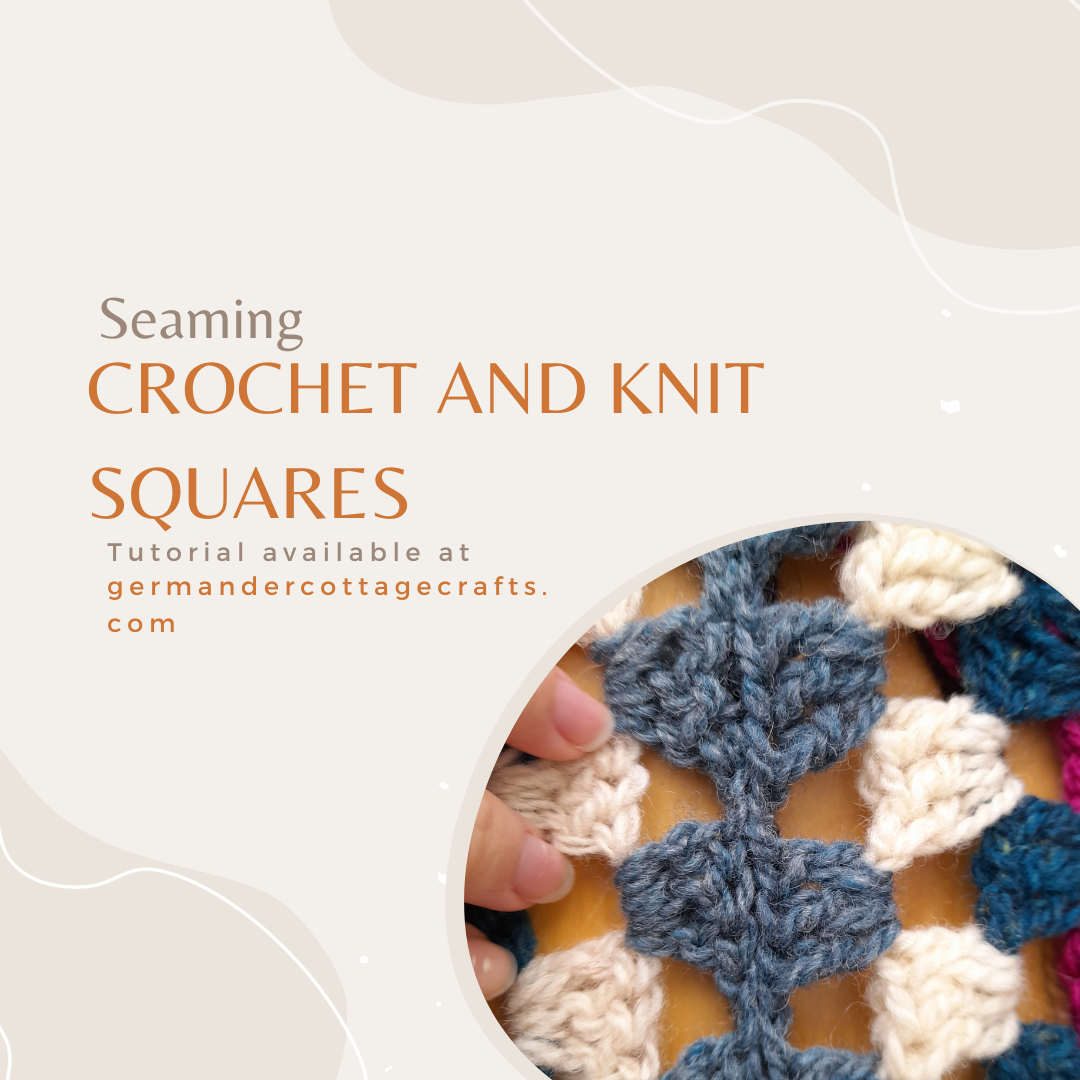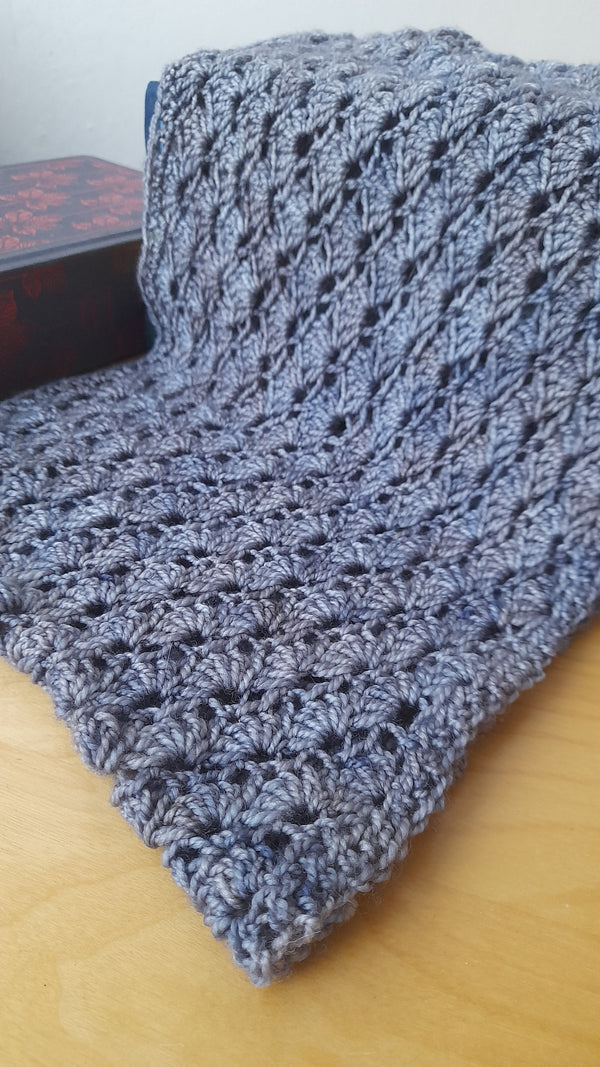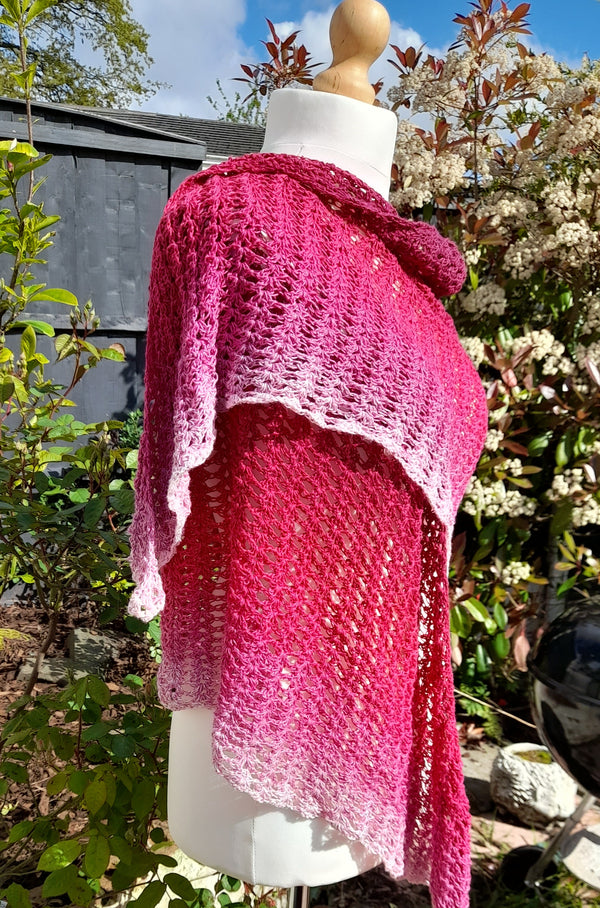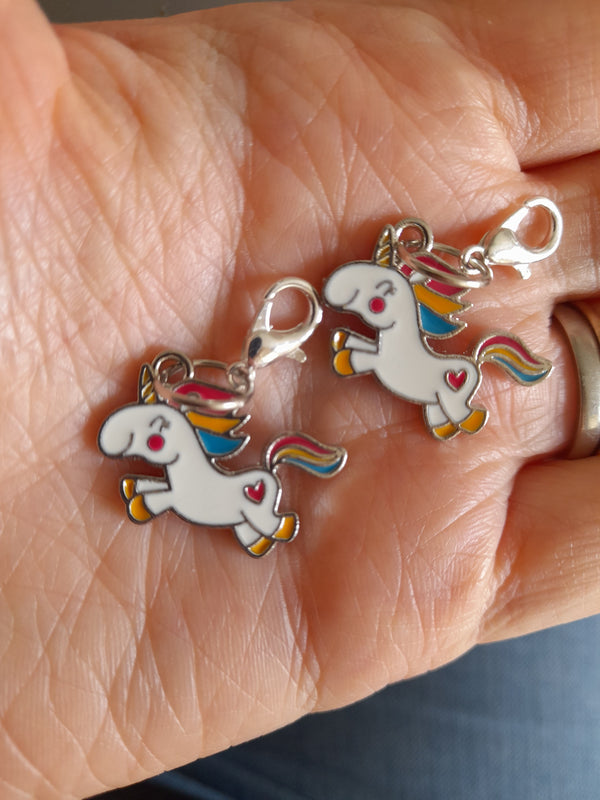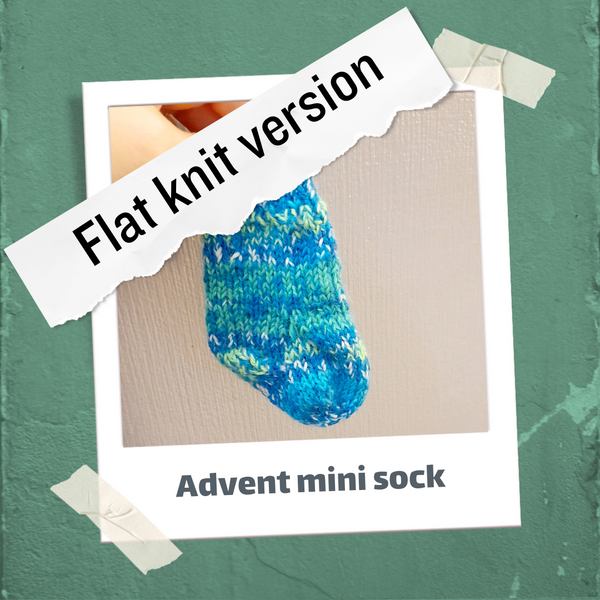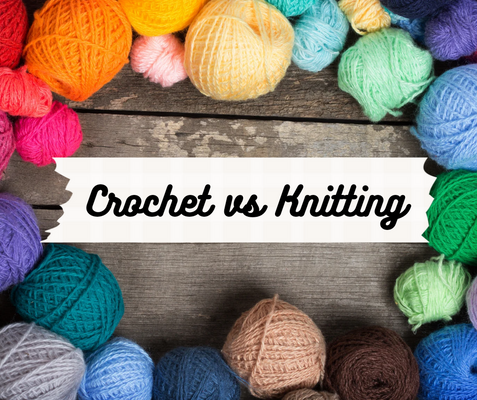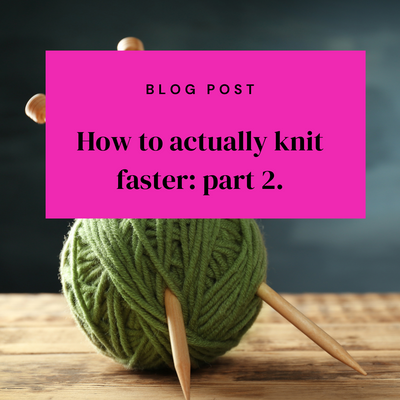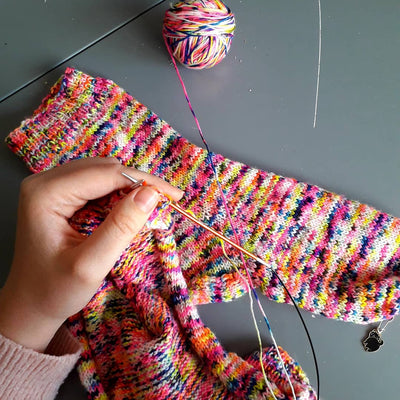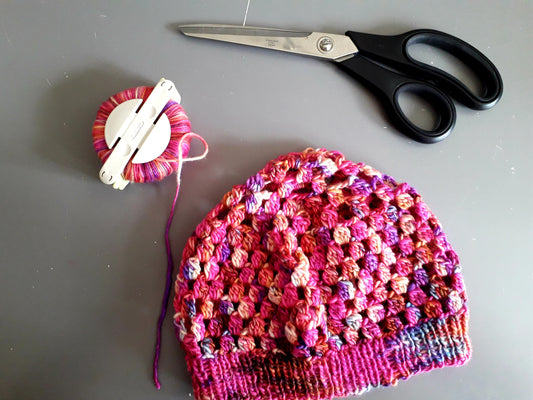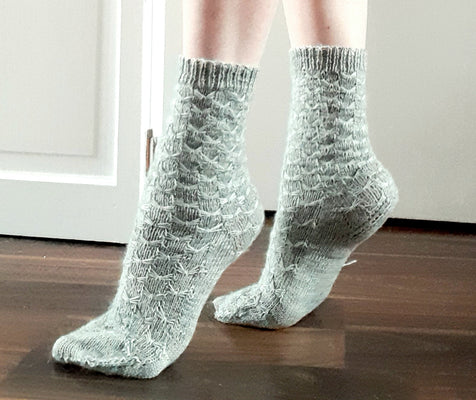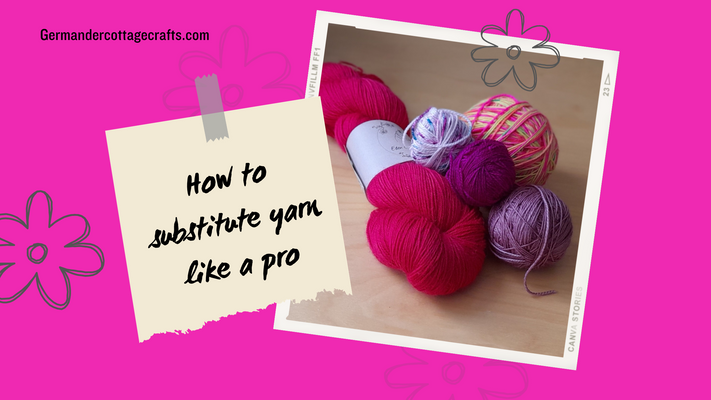How to join your granny squares and turn that pile into something that screams "cottage core style"
So you've mastered the granny square (amazing!) but now you have mountains of squares and don't know what's next. Here I will show you how to join your granny squares (or any other squares) using my two favourite methods. This can be a fun experience as you can use your newly discovered methods to seam crochet garments, knit garments and other accessories.
For the sake of demonstration, I've used different coloured squares and a contrasting yarn colour for the seam. This is just so I can show you how to do it clearly. You can use any squares you like. You can also use the tail end yarns from your squares. It saves weaving them in!
2 types of join you could try for your granny squares or knitted squares.
For both methods I am about to show you: identify the corner. That is where you will start. If the corner isn't aligned, you won't match the sides. Try using a removable stitch marker such as a bulb pin to hold the corners together. There's no escape then!
These two methods can be used for both crochet squares and knit squares. They are a pleasant alternative to seaming with a darning needle as you only need a hook. Remember to fasten off and knot the yarn when you've finished, otherwise it will come apart.
The Slip Stitch Join Method

This is a method where you hold right sides together and slip stitch across the edges. One side will have a ridge (wrong side) and the other will have an almost invisible join. This is a popular method for those of us who love the right side to be completely flat. It's a brilliant alternative to blanket mattress stitch as it looks the same without the sewing.

The ridge is pretty but it will be on the wrong side of the work. If you want a ridge on the right side of your work, join wrong sides together.
How to start the slip stitch join
Step 1:
To do the slip stitch join, first lay your pieces right sides together. Match the squares up as best you can. You can use removable stitch markers to help keep the stitches together, if it helps.

If you lay them flat you will see a bottom row of 'vs' and a top row of 'vs'. these are the tops of the stitches, also referred to as chains in some patterns. Here I'm demonstrating with a classic granny square duo.
Step 2:
Slip your hook into the first pair of loops. These consist of the outer loop of the bottom square (pink) and the top square (blue).
Are you left or right handed? Note here that I have started with the right corner of the joined piece. I'm working right to left here because I am demonstrating right handed.
If you are left handed, you would be starting at the opposite corner on the left, working left to right. You will still be working with the same loops in the same order.

Step 3:
Yarn over and pull your hook hook through both of these loops. Make sure they are the outer loops, not the inner loops. If you slip through the inner loops, you'll see the contrasting yarn on the other side. There's no point in stressing here as you can just pull it back and try again if you make a mistake.

First slip stitch done!
Repeat this method to the end of the top of these squares. As you work across, you'll see the slipped stitches making this pretty chain stitch. This will be the wrong side of the work.

When you turn the piece over to see the right side, you should barely be able to see the contrasting yarn.

There is a black contrasting yarn under these stitches. You can barely see it!
How to do the single crochet join:
This join starts out as though it will become a slip stitch join, but before you do the slip, you make a single crochet (UK treble). The other main difference is that the wrong sides are together. The single crochet adds a pretty ridge to the right side. We want people to see it.
Here's how it's done:
Work as instructed for step 1-2 of the slip stitch join above but this time, join wrong sides together. When you pull through after the yarn over, only pull through 1 loop.
Yarn over and pull through 2 loops on hook. That's it. That's the single crochet join. If your join looks like the seam above, then you've missed one of these steps.
As the single crochet join adds a ridge to the right side of the blanket, you may want to use a matching colour or a contrasting colour.

The single crochet join should look obvious. It should be raised.

Single crochet join (pictured).
If you want to see a quick video demonstration of the slip stitch join, head over to my Youtube to see it. Really appreciate the help? Why not like and subscribe?
Inspired by this post? There's more to read here:

